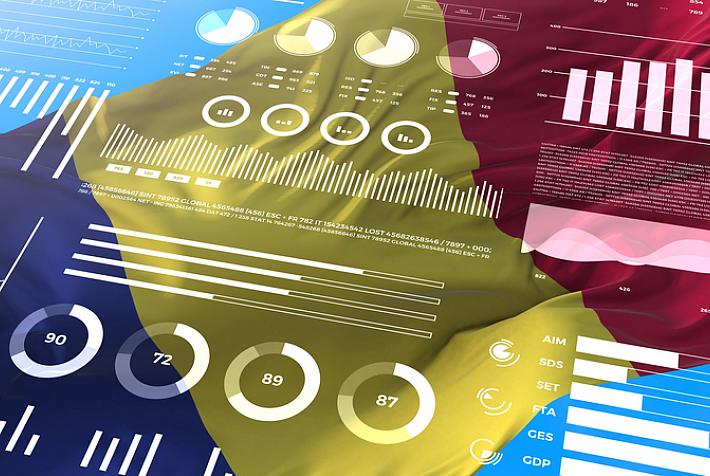One in three companies in Romania risks insolvency on new turnover tax

Around half of the companies in Romania will pay higher taxes if the Government introduces in 2018 the turnover tax instead of the current profit tax, according to an assessment by Iancu Guda, the president of the Financial-Banking Analysts Association in Romania (AAFBR).
At the same time, one in three active firms risk going insolvent if the Government goes through with the turnover tax.
The assessment looked at three possible scenarios and took into account the latest available data on the companies’ financial situation. A total of 651,499 companies reported their financial results in 2015, 27% of which had no activity. The first 4,500 companies with the largest turnover concentrate approximately 67% of the revenues reported by all companies active in 2015.
The first scenario took into account a 1% turnover tax. This would bring the state budget revenues of RON 11.93 billion (EUR 2.6 billion), 6% less than under the current profit tax system, where RON 12.7 billion (EUR 2.8 billion) are collected. A total of 26,000 companies would pay a higher tax, 133,000 companies a lower tax, while the rest would pay the same tax they currently pay.
In the case of a 2% turnover tax, the revenues collected by the state would climb to RON 23.8 billion (EUR 5.3 billion), 88% over the current level. Some 347,000 companies, meaning half of the total ones, would pay a higher tax, 124,000 would pay a lower tax, and the remaining ones would pay a similar tax. Under a 3% turnover tax scenario, the state would receive RON 35.8 billion (EUR 7.9 billion). This would be 182% over the current levels, leaving 352,000 companies to pay higher taxes and 6,000 companies to pay lower taxes.
The assessment found a 1% turnover tax favors companies with a gross profit margin of over 6.25%. The 2% turnover tax favors companies with a gross profit margin of over 12.5%, while the 3% turnover tax those with a gross profit margin of over 18.75%. The companies that report losses pay more under all three scenarios.
Although the turnover tax is said to target multinationals using fiscal optimization to pay lower taxes, the assessment found that small, Romanian companies are the most vulnerable under the proposed turnover tax system.
“Almost half of the companies active in Romania are exposed to increasing taxes starting 2018. Looking at the pragmatic options of optimizing cash flows (operational, investment related and financial), almost 60% of these companies will not be able to cover the increasing fiscal burden. As such, one in three companies active in Romania is exposed to the insolvency risk because of the new fiscal measures,” the study shows.
German companies worried about new fiscal measures announced in Romania
AmCham: Announced fiscal changes affect the stability of the Romanian economy
editor@romania-insider.com











